Deep in the forests of the Rhineland-Palatinate (the Pfalz, in German), near the French border, is the intriguing Burg Berwartstein. The castle rises from the natural sandstone formations into the sky, and looks every bit the robber baron fortress it once was. The most complete of the Rhineland cliff castles, the buildings you can explore today are heavily restored. From robber knights to feuds to ghosts, there are so many stories about this castle, it could spawn a long-running Netflix series of its very own, I swear.
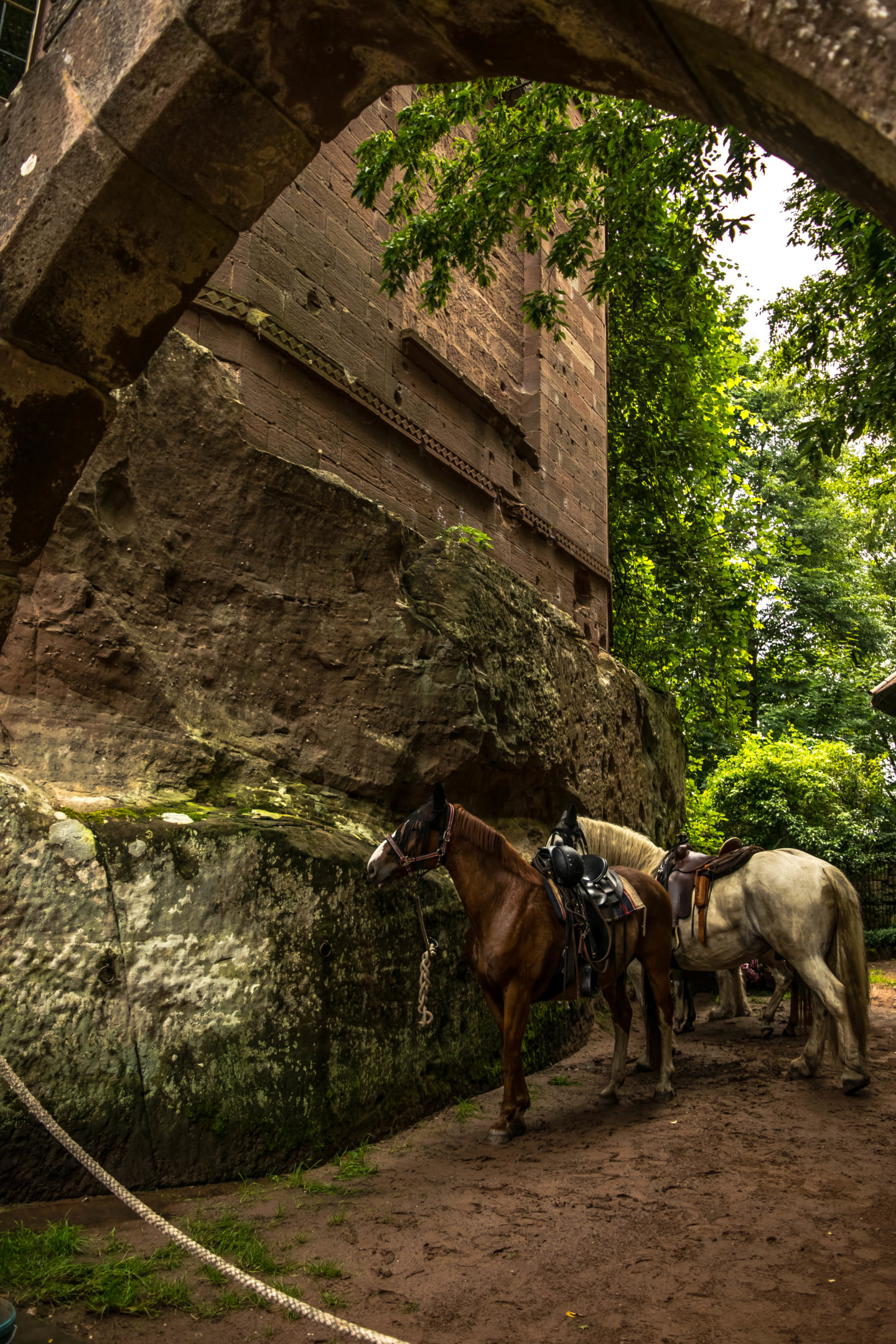
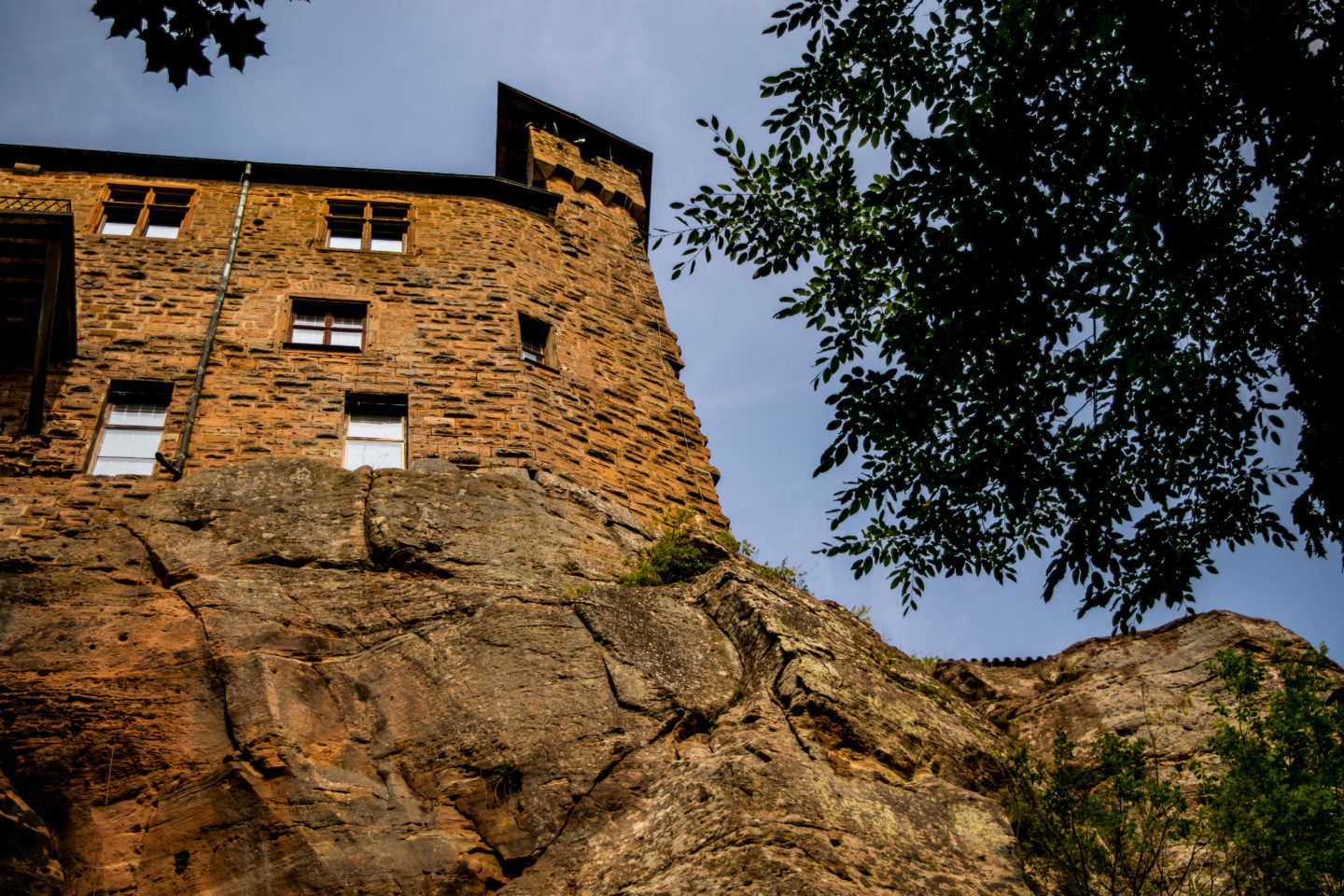
The beginning
The French-German border has shifted many times over the past thousand years, and this region has always been on the frontlines. The first references to the castle appear in 1152 when the last Hohenstaufen Emperor, Barbarossa, gifted the castle and its lands to the Bishop of Speyer. Historians think the fortress was in use as early as 750, however.
The Robber Knights
From around 1200, a group of knights took over the castle, and they proceeded to rampage around the countryside. Robbing travellers and generally harassing the local population. It got so bad that the nearby Imperial Free Cities of Strasbourg and Hagenau sent troops to deal with the knights that called themselves ‘von Bewartstein’ [from Berwartstein]. One of the main benefits of this cliffside castle, however, is its natural defences. The only entrance at this point was via a precarious rope ladder through a small opening at the side of the cliff. When under attack, the residents just brought up the ladder and poured various dangerous things down on the besiegers. Together with an incredibly deep well that provided fresh water inside the castle, these defences made the fortress a daunting prospect for any attacker. Finally, in 1315, Strasbourg and Hagenau gained entry by paying off one of the robber knights. The rest were taken prisoner and held for ransom. The ransom just happened to require the selling off of Burg Bewartstein, ending the local reign of the Knights von Bewartstein.
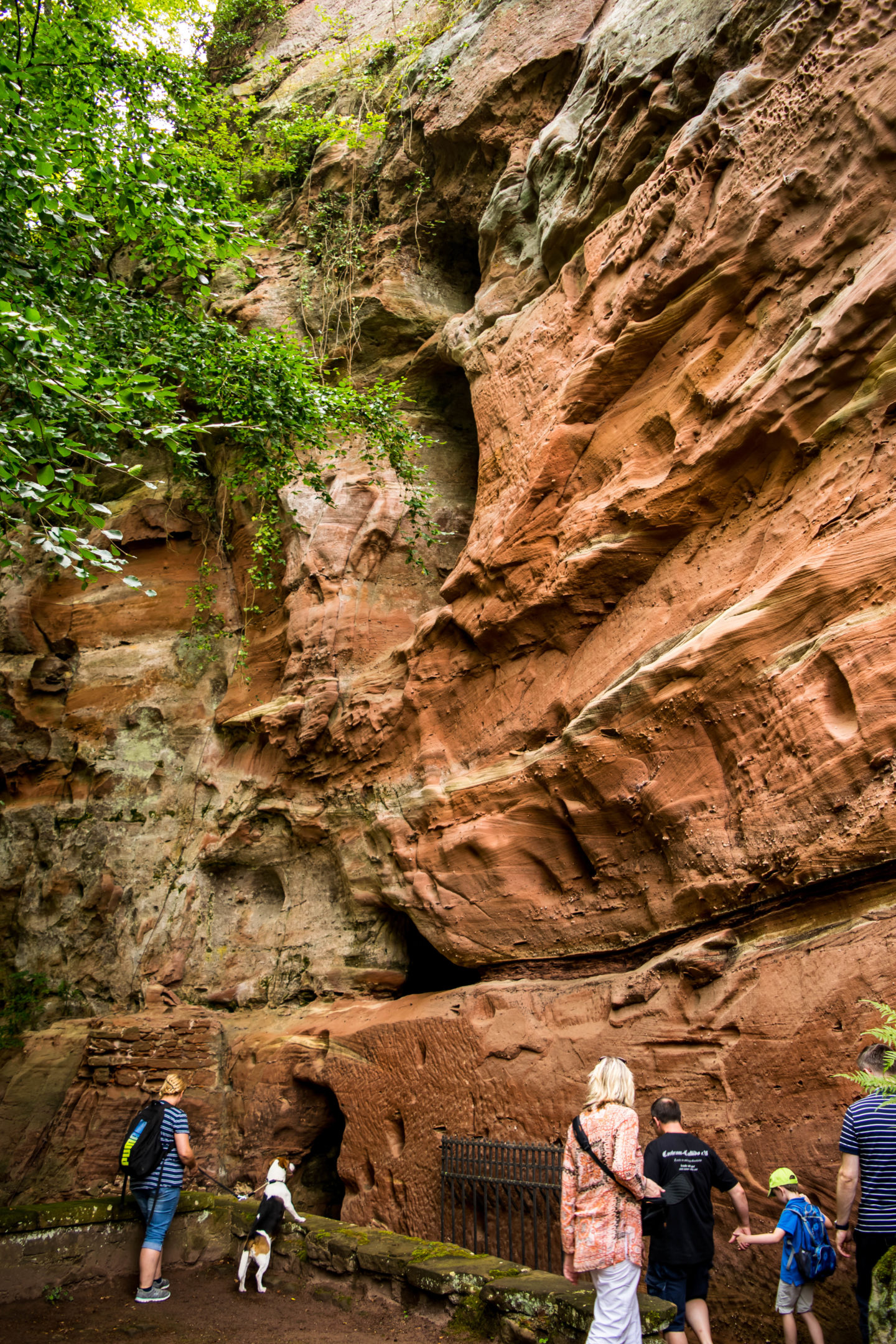

Hans von Trotha
A great friend of the Prince Elector Philip in Heidelberg, Hans von Trotha was gifted the fief of Berwartstein to look after. Von Trotha’s claim to fame is his long-running feud with the Weissenburg Abbey. The Abbey were the owners of Burg Bewartstein after the robber knights had been ousted, but had entrusted the castle to the Prince Elector for upkeep and military use. When Hans von Trotha started extending it and treating it as his own, the Abbey protested. The Prince Elector responded by elevating von Trotha to Marshal and selling him the fief, which really ticked off the Abbot. Von Trotha and the Abbey continued to trade insults and petty disputes until finally von Trotha dammed the river that provided fresh water to the Abbey and its supporting town. When the Abbot, understandably, complained, von Trotha obliged by destroying the dam… and flooding the area.

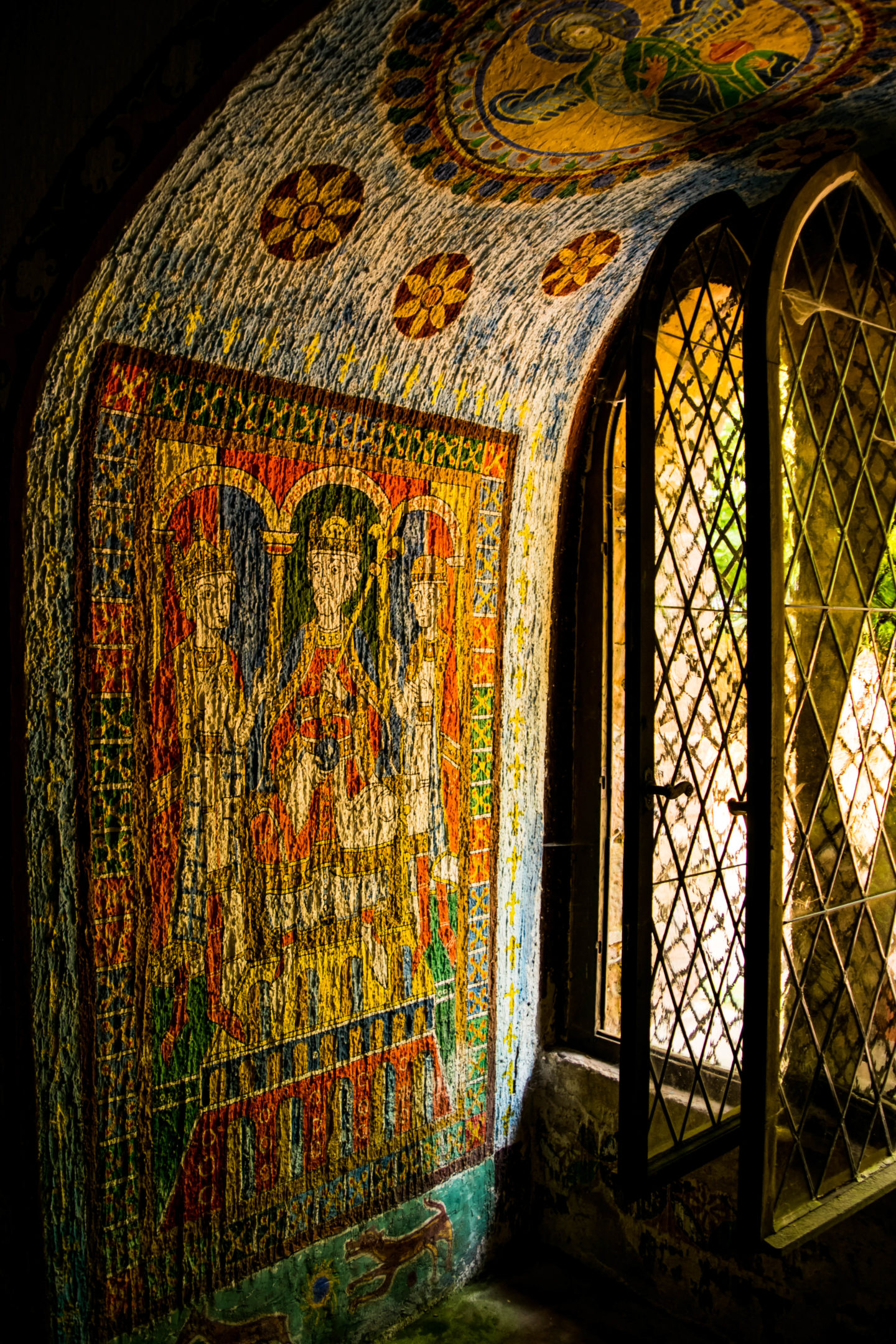
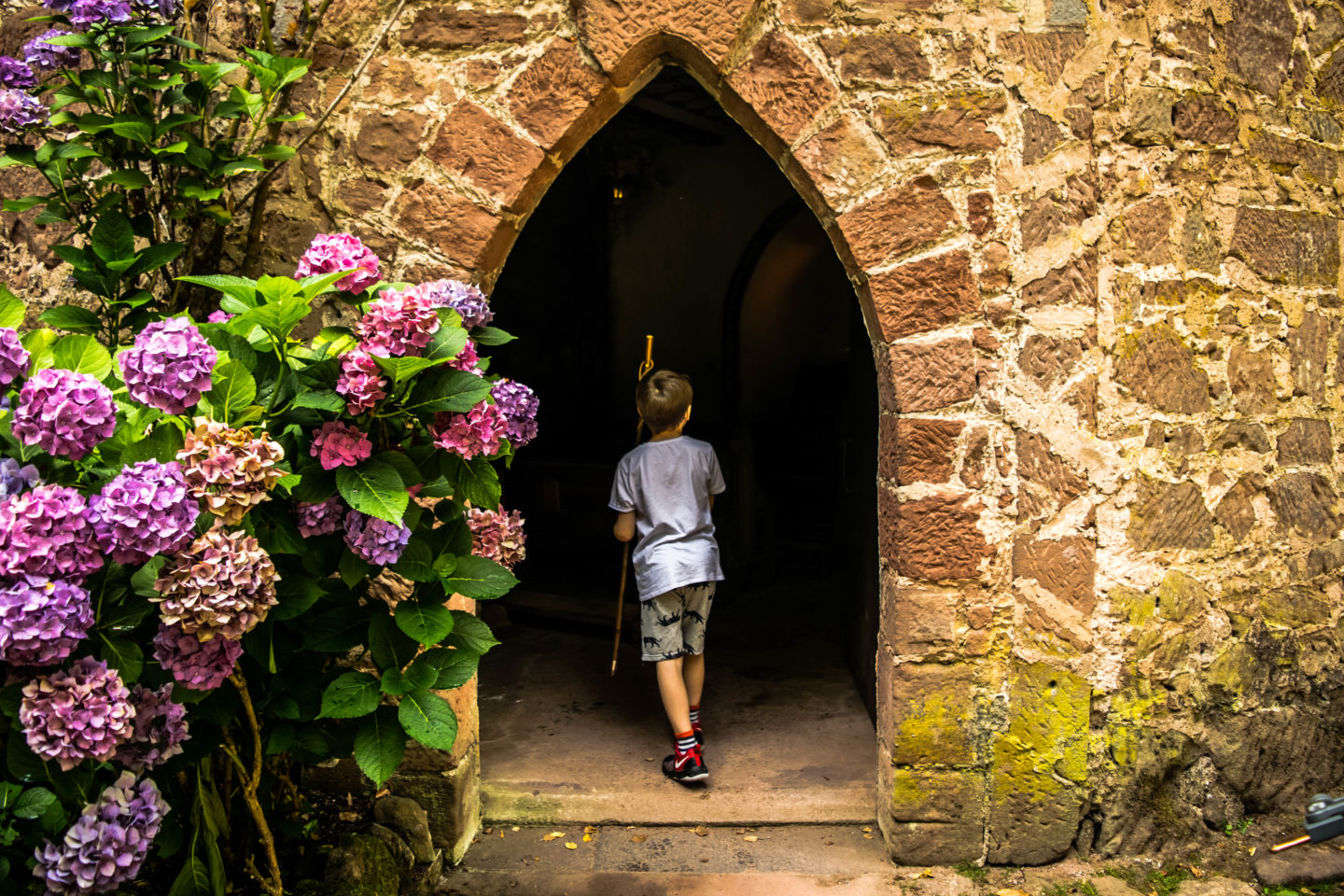
The town never recovered. Von Trotha pressed his advantage and started an all-out war with the Abbey. Not even a summons from the Pope could convince him to stop, and he was eventually excommunicated. This was too much for the Prince Elector, who disowned von Trotha, though clearly still thought enough of him to send him to France as a diplomatic envoy during the Italian Wars. Incredibly, von Trotha died of natural causes back at Burg Bewartstein in 1503. His name, in the form Hans Trapp, is still famous in the Alsace Lorraine region and used to frighten misbehaving children… if you haven’t been good and Saint Nicolas has not brought you presents, Hans Trapp will come take you away!
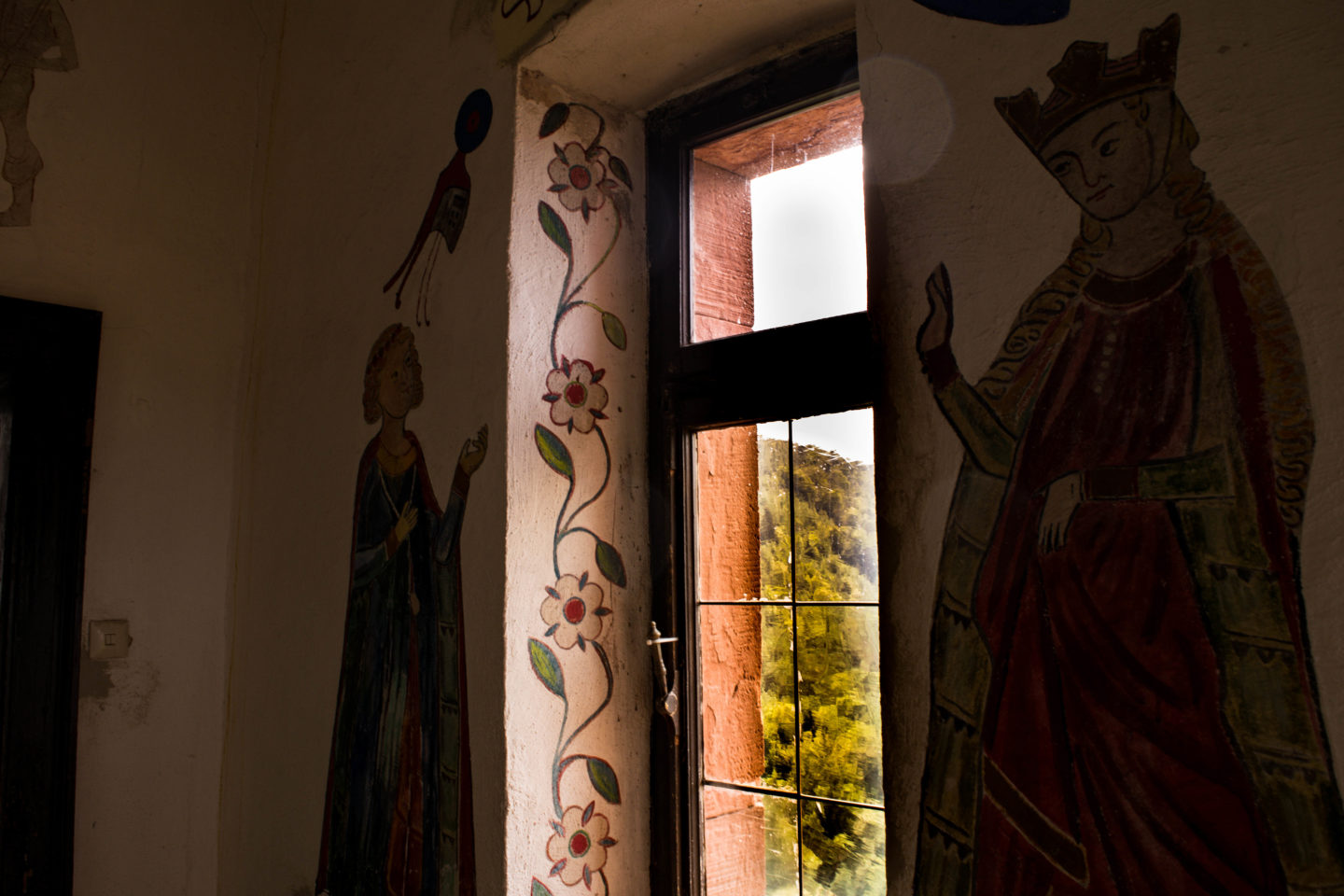
The Castle Ghost
After Hans von Trotha died, his son Christoph von Trotha took over the castle, and slowly it faded from importance. By the time Christoph’s son-in-law took over and it passed down three generations without much incident. But in 1591, a great fire enveloped the castle. No battles were recorded here around this time, so it was probably started by a lightning strike. The tale told about the fire goes like this: the Lady Barbara woke to the smell of smoke, and went out on her terrace at the top of the castle, to see the entire lower castle was on fire, blocking her escape. Rather than die horribly in the flames, she took her child in her arms and leapt to her death on the rocks below. On quiet nights, she still appears on her upper terrace in her white nightgown, and repeats her grisly death. During the ‘ghost hour’, she haunts the lower passageways of the castle.
Though much of the castle was still standing after this fire, it was left uninhabited for hundreds of years. This saved it, however, as it wasn’t destroyed during the wars of the Palatinate Succession that razed so many other castles in this region to the ground.

Visiting Burg Berwartstein
Like most castles in Germany, you will need to join a guided tour to see the interior of the castle. Even though tours are only in German, this is well worth it. They will give you a booklet with all the details of the tour printed in English. Our tour guide was a sweet young man dressed in costume and he was happy to answer questions in English, and great with the kids. It’s quite a relaxed tour, with some of the rooms dressed to look how they would have when people lived in the castle, but most of the props are reconstructions. It doesn’t deter from the magic of the site though, with the raw red sandstone cliff all around even inside, as the castle was literally built around a jutting turret of rock.
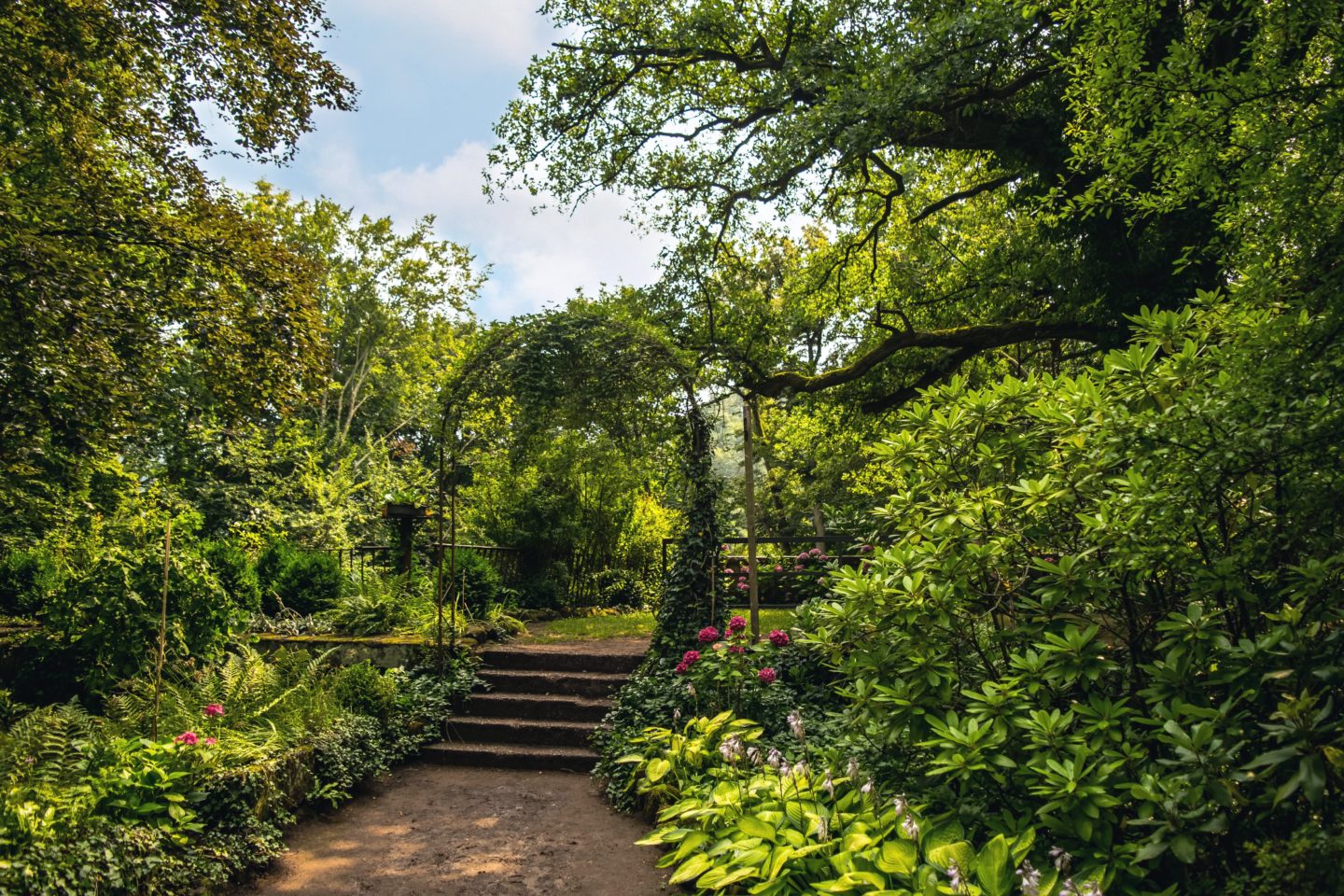
The tour starts in the Knights’ Hall, where the hand-dug well is still open. The tour guide takes a bucket of water and dumps it over the side, and it takes an unfeasibly long time to make a sound down where the water is. I’m not sure just telling us the depth of 97 meters would have made as dramatic an impression! Not only do the tours take you up to the top terrace (where the Lady Barbara supposedly through herself off!) but the guide will also unlock the passageways under the castle for you, and walk you through all lit by candles. It’s incredible to see all the little chisel marks, and it really brings home how long it must have taken to carve out these rooms out of the rock of the cliffside.
There’s also a lovely restaurant on site, where you can have a drink on the terrace, or inside the castle itself. You can even stay overnight in one of two suites built right inside the castle. I so want to do this one day.
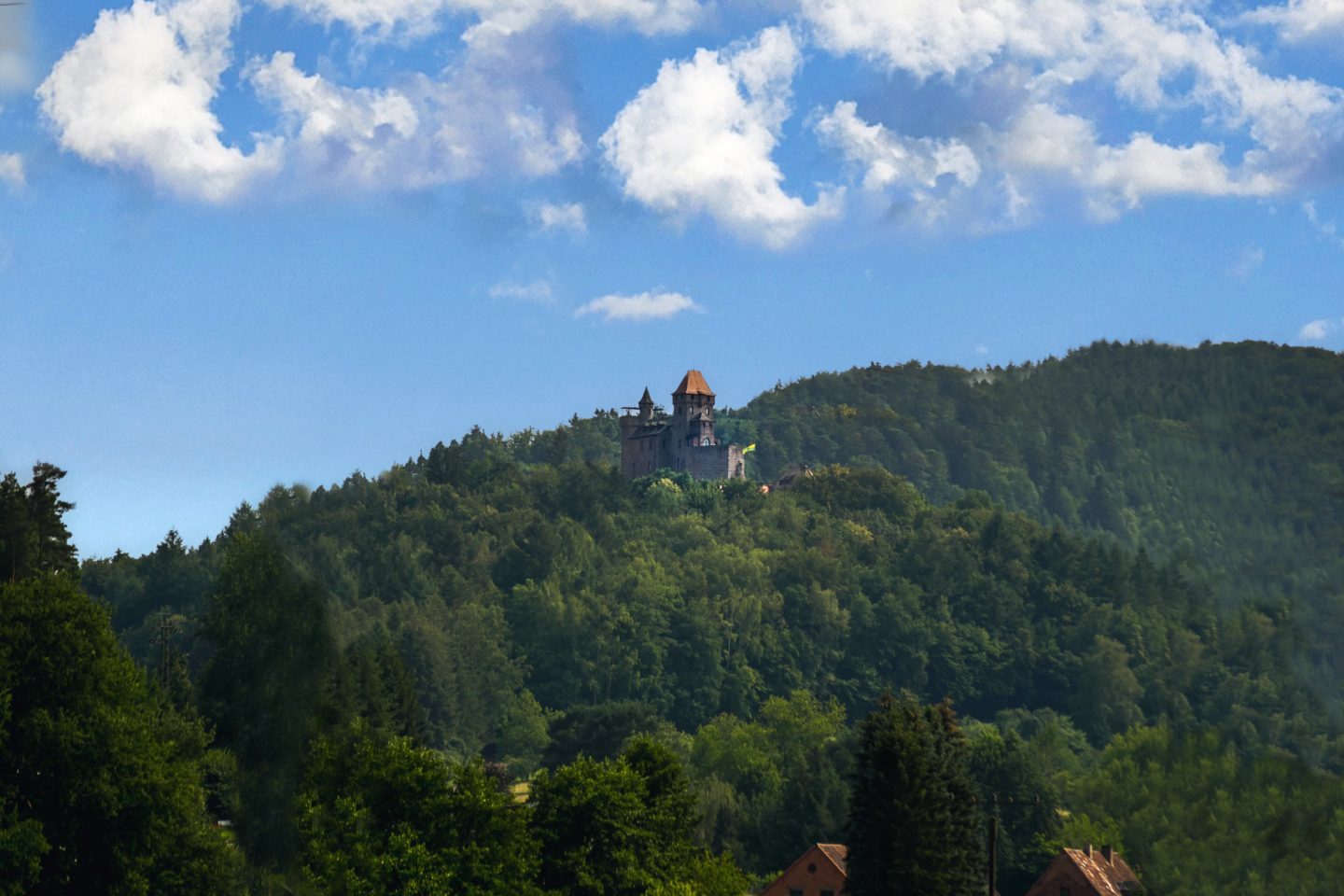
Opening hours of Burg Berwartstein
You can visit Burg Berwartstein all year round! Unlike many smaller castles in Germany, it’s not closed in the winter months.
The castle and restaurant is open daily March to October (check website for specific dates each year), and November through February on the weekends, except for the days around Christmas.
They have many theme nights and costume nights that include tours, it’s worth checking their site for details. All of these events required tickets to be purchased ahead of time.
Getting to Burg Berwartstein
Unfortunately, this castle is not easy to get to without a car. Your best bet would be to take the train to nearby town of Dahn, and a 20-minute taxi ride to the castle parking lot. The good news about this route is the parking lot is right next to the castle, you don’t have a further hike to get there. By car, you can visit some of the nearby towns, and see more of the famous red rock formations around this part of the Rhineland-Palatinate.
PS – Need help with packing for Germany? I’ve got you covered for packing for your Germany trip in spring or summer.

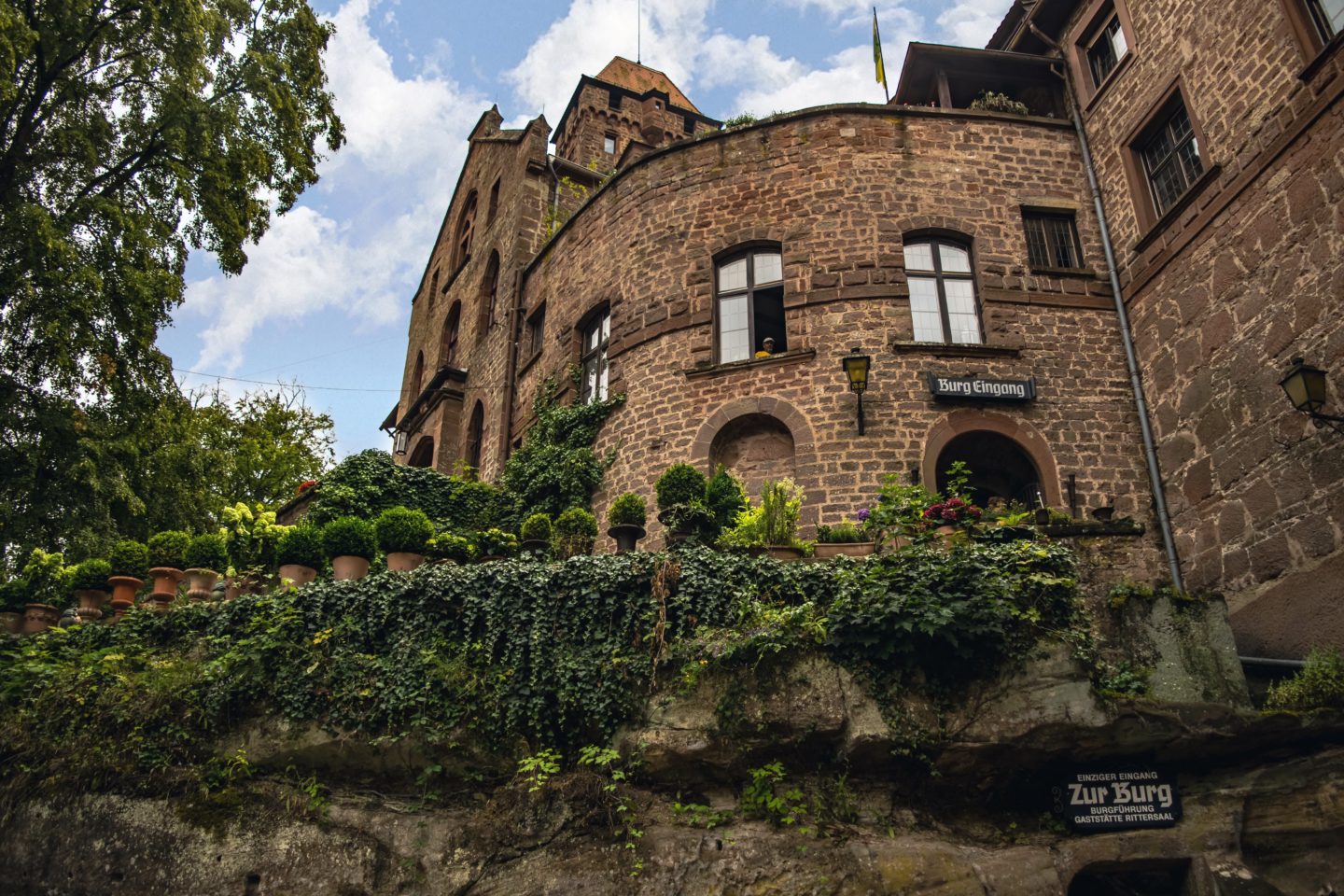
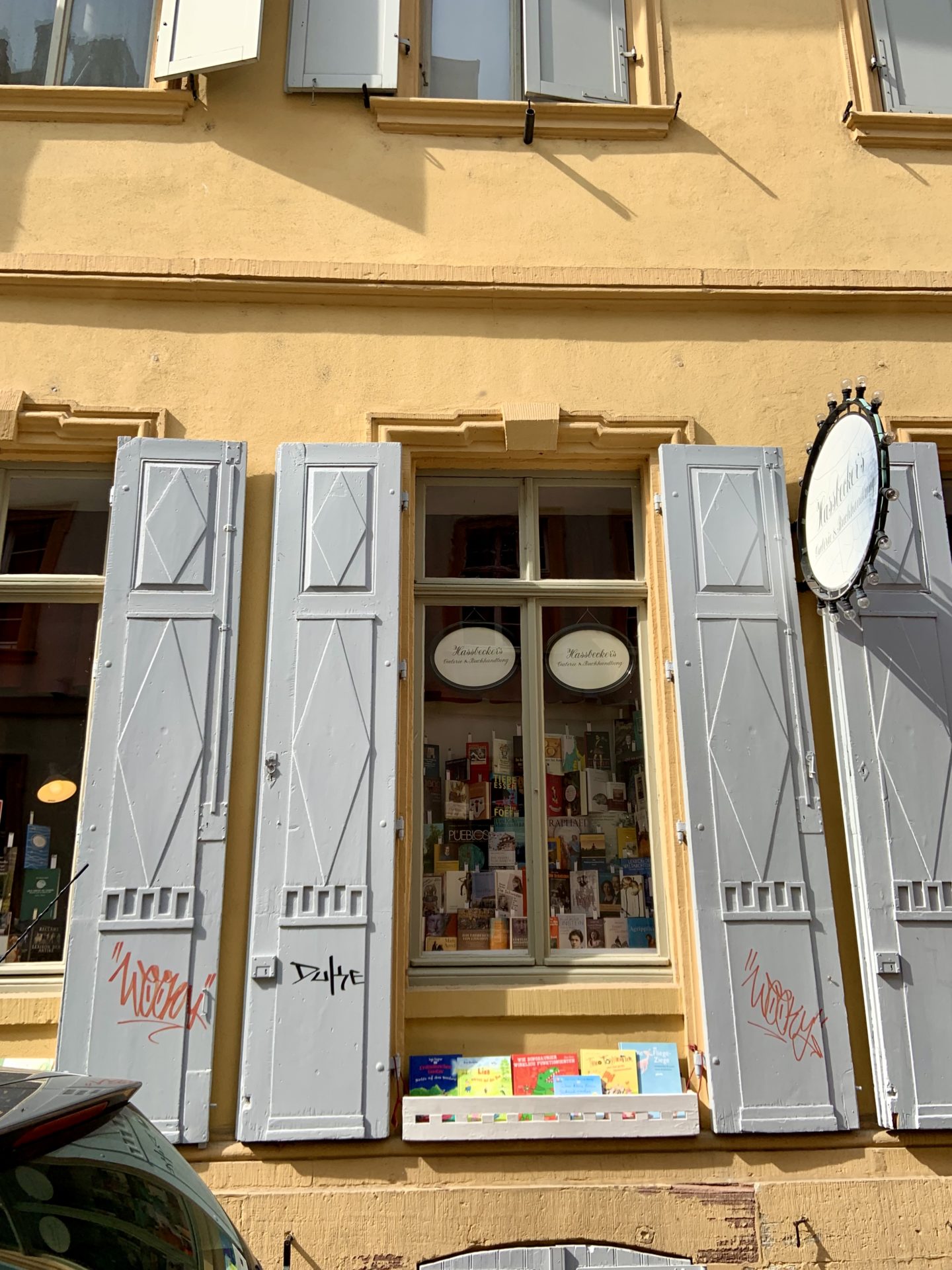

Oooh, my hubby loves all things haunted, our kids would love to explore this old castle, and I love the history. What a fun series of stories. It’s amazing how hostile and violent things were! Thanks for sharing, I’m definitely adding this to our Germany bucket list.
Definitely worth it. The surrounding area is beautiful too!